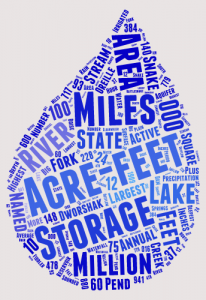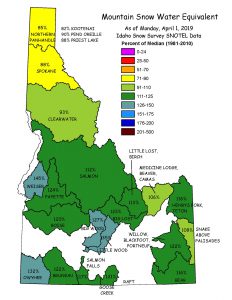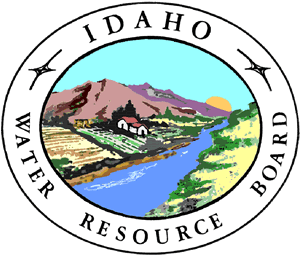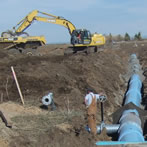Floodplain Administrator Training
FEMA’s Emergency Management Institute (EMI) courses at the NETC campus:
These training opportunities are provided by the Emergency Management Institute (EMI) located in Emmitsburg, MD. The classes are primarily for local floodplain administrators. For more information about the EMI training program or how to apply, or review the complete EMI Course Schedule list. For course descriptions, objectives, and prerequisites, visit the Course Catalog.
Below is a list of available training opportunities provided by various sources—some at no cost.
E0273: Managing Floodplain Development through the National Flood Insurance Program
Duration in Days 4.0
The course is designed to provide new floodplain administrators with the information and communication techniques to explain the impact of floodplain management decisions on insurance, public safety, and health. The course includes an overview of the natural conditions that form floodplains, the history of floodplain management, and the creation of the NFIP. Prefacing the use of FISs and maps to determine the flood hazard risk is an explanation of the forces of water and types of floods. The course provides an overview of NFIP minimum floodplain management regulations based on the types of flood hazards identified, Substantial Improvement (SI)/Substantial Damage (SD) and describes the use of a permitting process as a floodplain management oversight and compliance tool. Appropriate Letters of Map Change (LOMCs) for specific circumstances and the LOMC forms and possible flood hazard mitigation solutions are also identified. The course explains the roles and responsibilities of a floodplain administrator prior to and after a disaster event.
E0194: Advanced Floodplain Management Concepts I
Duration in Days 4.0
This course provides a dynamic and interactive instruction that covers the following four topics in detail:
- Local Floodplain Manager Roles and Responsibilities (1 day)
- National Flood Insurance Program Floodplain Rules and Regulations in Depth (1 day)
- Letter of Map Change Procedures for Applying and Floodplain Management Implications (1 day)
- Preparing for Post-Disaster Responsibilities (1 day)
- Identify contents of Standard Operating Procedure (SOP) for post-disaster operations. Outline steps to carry out substantial damage responsibilities.
- Describe methods to obtain compliance with substantial damage determinations.
- List possible sources of funding to assist with substantial damage losses.
E0282: Advanced Floodplain Management Concepts II
Duration in Days 4.0
This course is aimed at providing community floodplain managers training in four floodplain management modules:
- Higher standards in floodplain management,
- Manufactured homes and the NFIP,
- NFIP flood insurance principles,
- Hydrology and hydraulics concepts.
E0284: Advanced Floodplain Management Concepts III
Duration in Days 4.0
This advanced floodplain management course is a dynamic and interactive instruction that covers the following five topics in detail:
- Floodway Standards (1 day)
- Disconnects between National Flood Insurance Program Regulations and Insurance (1 day)
- Common Noncompliance Issues (½ day)
- Digital Flood Insurance Rate Maps (DFIRMs) (½ day)
- Substantial Improvement/Substantial Damage (1 day)
E0278: National Flood Insurance Program/Community Rating System
Duration in Days 4.0
This course covers the Community Rating System (CRS), a nationwide initiative of FEMA’s National Flood Insurance Program (NFIP). It describes activities eligible for credit under the 2017 CRS Coordinator’s Manual, how a community applies, and how a community modifies an application to improve its classification.
E0279: Retrofitting Flood-Prone Residential Buildings
Duration in Days 4.0
This course provides engineering and economic guidance to architects, engineers, and local code enforcement officials in retrofitting existing 1- to 4-family residential structures situated in flood-prone areas. The retrofitting measures presented are creative, practical, compliant with applicable floodplain regulations, and satisfactory to most homeowners.
IDWR Training Opportunities Available
IDWR offers 1-day and multi-day trainings throughout the year to assist local floodplain
administrators in understanding the role of floodplain management. These free trainings are
offered at different locations in the state to bring the training to the communities. Contact
the State Floodplain Coordinator to schedule training.










